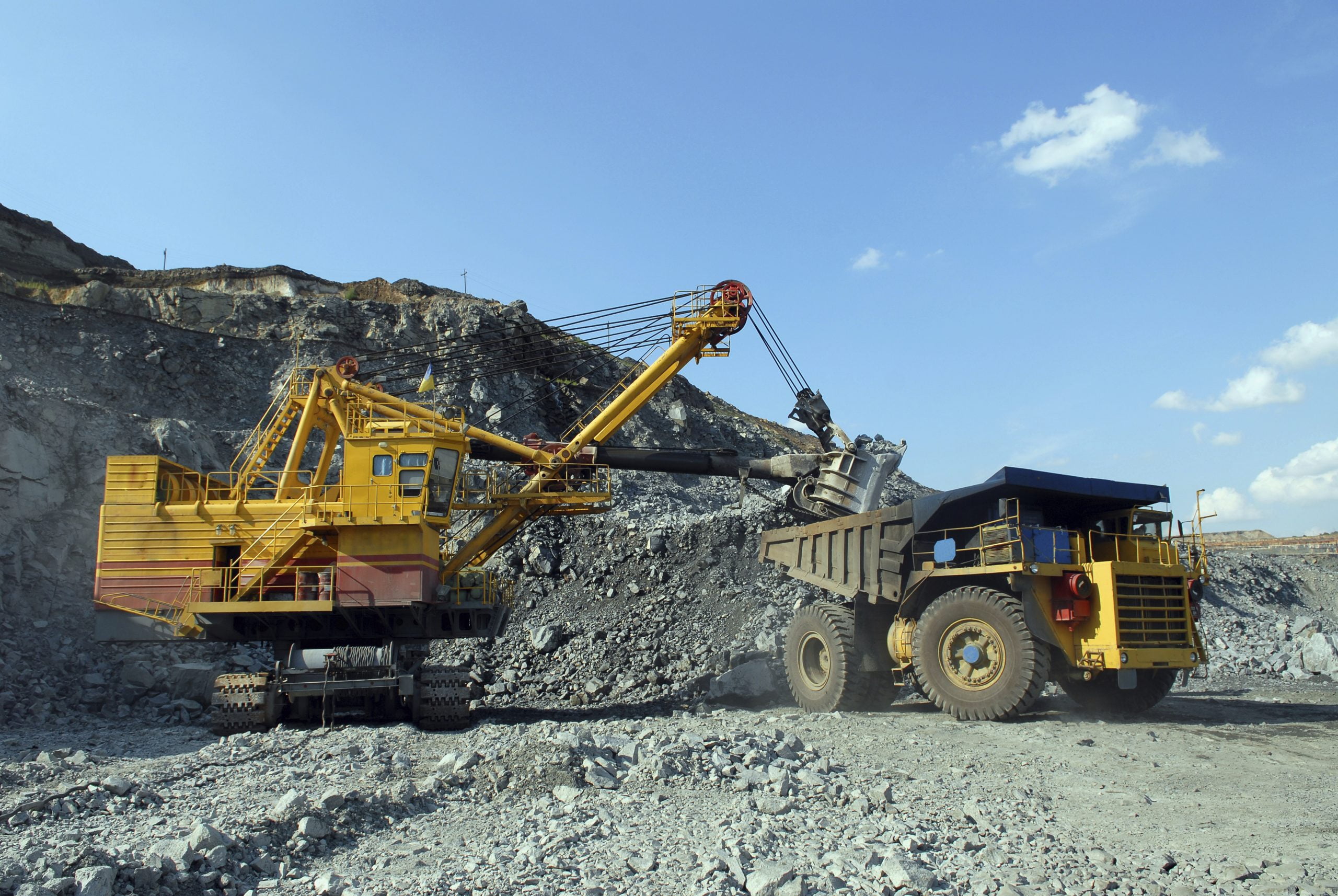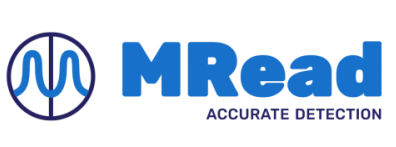This is the fourth report in a series of reports that are being published by RFC Ambrian on new technology and innovation. In this report we focus on Ground Monitoring, Drones, and Mine Safety. These subjects have a common thread relating to the monitoring and measurement of mine operations and infrastructure efficiently, potentially autonomously, and safely.
Ground monitoring now an exact science: The use of radar technology for active slope monitoring and detecting slope failures has been around for some time but the technology has been improved and updated and is now the leading technology in use. Using radar technologies, equipment, and software, mining companies are now able to monitor and detect wall movement in open-pit and underground mines, understand when it becomes a problem, and predict when a collapse is likely to occur.
Instant feedback on rock structures: Underground ground penetrating radar on hand held equipment is now able to give instant feedback on rock structures. This helps identify rock structures, including blast induced fracturing, and helps identify dangerous areas where a fall of ground is a risk.
Drones continue to penetrate the industry: Drones have become common place and an integral part of the mining industry, and only look set to increase their presence further. In fact, mines are believed to be using drones more frequently and across a wider range of applications than many other industries. Interestingly the technology is still at an early stage of development and still has significant potential, and not just in open pit mines but also in underground operations.
Drones used in all aspects of the value chain: Drones can be used in almost every aspect of the mining value chain, from discovery through to production, ore processing, transport, services and rehabilitation. The ability to collect visual information from the air speeds up data collection and provides a level of safety by removing personnel from around operations. Drones are currently being used mainly for regional exploration, terrain surveying and mapping, conducting stockpile volumetric audits, drilling and blasting design, equipment and mine site inspection including security, and geotechnical monitoring and modelling.
Mine safety has been digitalised: One of the important drivers and outcomes of implementing innovation and new technology is the improvement in safety. The development of autonomous mining equipment is probably one of the biggest steps forward for improved mine safety. Autonomous systems effectively remove most staff from operations and exposure to risks. These risks include dust, noise, vibration and physical injury. Komatsu recently reported zero serious injuries after 10 years of autonomous vehicle operation.
Wearable technology is being introduced: In additional to the removal of staff from hazardous mining areas, new technology is being introduced to protect those workers still operating in the mining environment with developments in wearable technology. Meanwhile, virtual reality is being used as an industrial tool to train and educate workers in the workplace, but in a simulated safe environment.
RFC Ambrian has a track record of over 30 years of providing independent corporate advisory and investment services to the global mining industry, from both a technical and financial perspective.
Research
David Bird
+44 (0)20 3440 6822
david.bird@rfcambrian.com
Corporate Broking
Charlie Cryer
+44 (0)20 3440 6834
charlie.cryer@rfcambrian.com
For the full 20page report please click here









